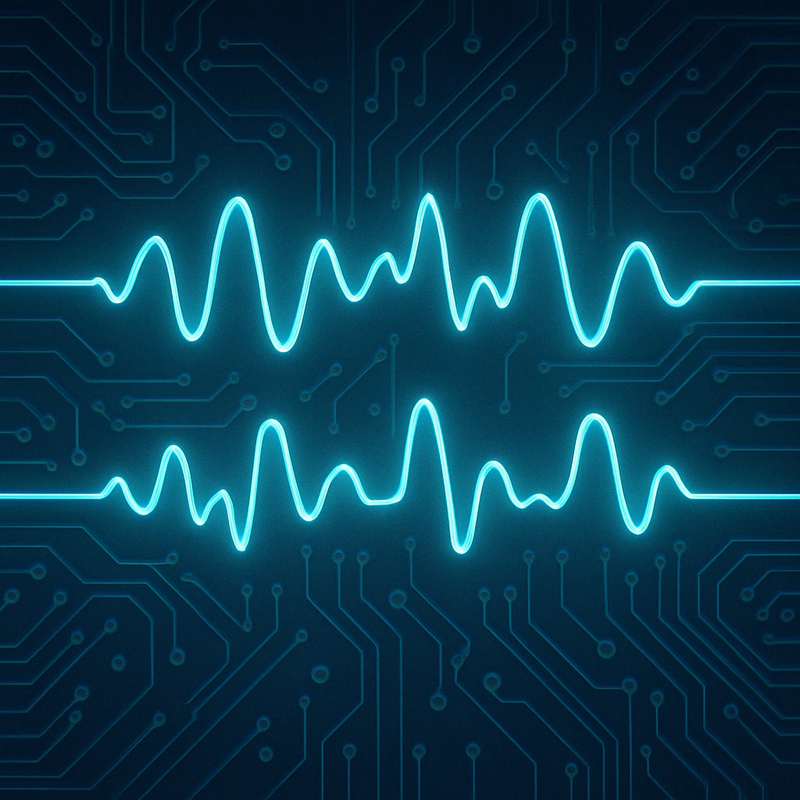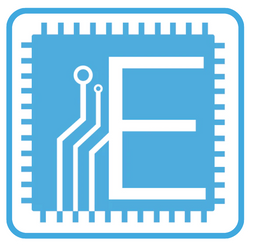
Why Simultaneous Readings Matter

In frequency testing, precision and accuracy are non-negotiable, but achieving them often means sacrificing throughput. Traditional systems test each Device Under Test (DUT) sequentially, powering them on and off in cycles. This common approach introduces delays, distorts data, and makes certain measurements—like thermal hysteresis or ADEV—difficult or even impossible.
Why Sequential Testing Fails
Sequential testing inherently carries several pitfalls:
Injection Locking: Switching between channels or cycling device power causes interference between channels. Active signals can unintentionally synchronize with inactive channels, compromising measurement accuracy and causing erroneous readings on inactive channels.
Thermal Hysteresis: Accurately evaluating thermal hysteresis requires running devices across temperature extremes in both directions (hot-to-cold and cold-to-hot), comparing how measurements differ at identical temperatures depending on direction. Sequential testing introduces multiple noise sources due to intermittent device powering and channel switching, often overshadowing the subtle hysteresis effects you aim to measure, muddying meaningful evaluations.
Startup Time Effects: Oscillator stability is strongly influenced by startup conditions. Oven-Controlled Crystal Oscillators (OCXOs), for example, require significant warm-up time and can continue stabilizing for hours after powering on. Sequential testing—repeatedly switching devices on and off—can severely impact measurement accuracy, as devices rarely achieve the stable operational conditions necessary for precise, reliable frequency data.
Reduced Testing Speed: Each channel switch requires stabilization time, extending overall testing durations proportionally with channel count and increasing operational costs.
How ERD Solves the Problem
ERD’s simultaneous multi-channel frequency measurement systems directly resolve these common problems inherent in sequential testing:
Elimination of Injection Locking: ERD systems measure all DUT channels simultaneously, with extremely high channel-to-channel isolation.
Stable Thermal Conditions: ERD's simultaneous systems keep all devices continuously powered throughout the entire duration of the test, maintaining stable temperatures. This consistent operational state allows precise evaluation of genuine thermal hysteresis by eliminating the noise and fluctuations introduced by the intermittent power cycling of sequential methods.
Minimized Startup Effects: Devices remain continuously powered throughout testing, eliminating repeated startup cycles and ensuring devices like OCXOs reach and maintain optimal stability. This consistent operational state greatly enhances measurement accuracy and repeatability.
Improved Test Speed and Efficiency: Simultaneous measurements eliminate the downtime associated with channel switching and device stabilization, resulting in substantially faster throughput, reduced test durations, and lower operational costs.
By leveraging simultaneous measurement technology, ERD’s systems deliver superior precision, stability, and efficiency, overcoming the inherent limitations of traditional sequential frequency testing.

Leave a comment